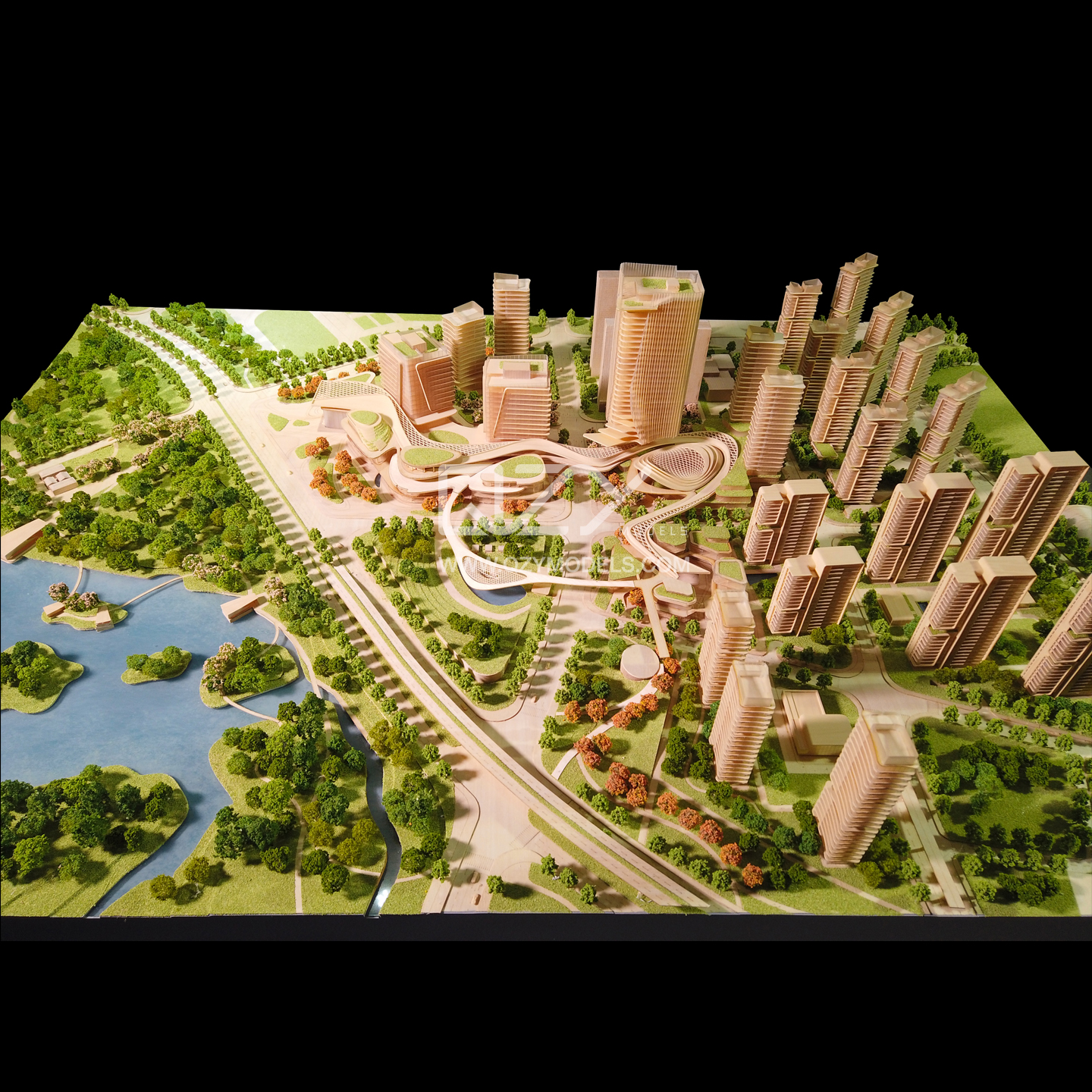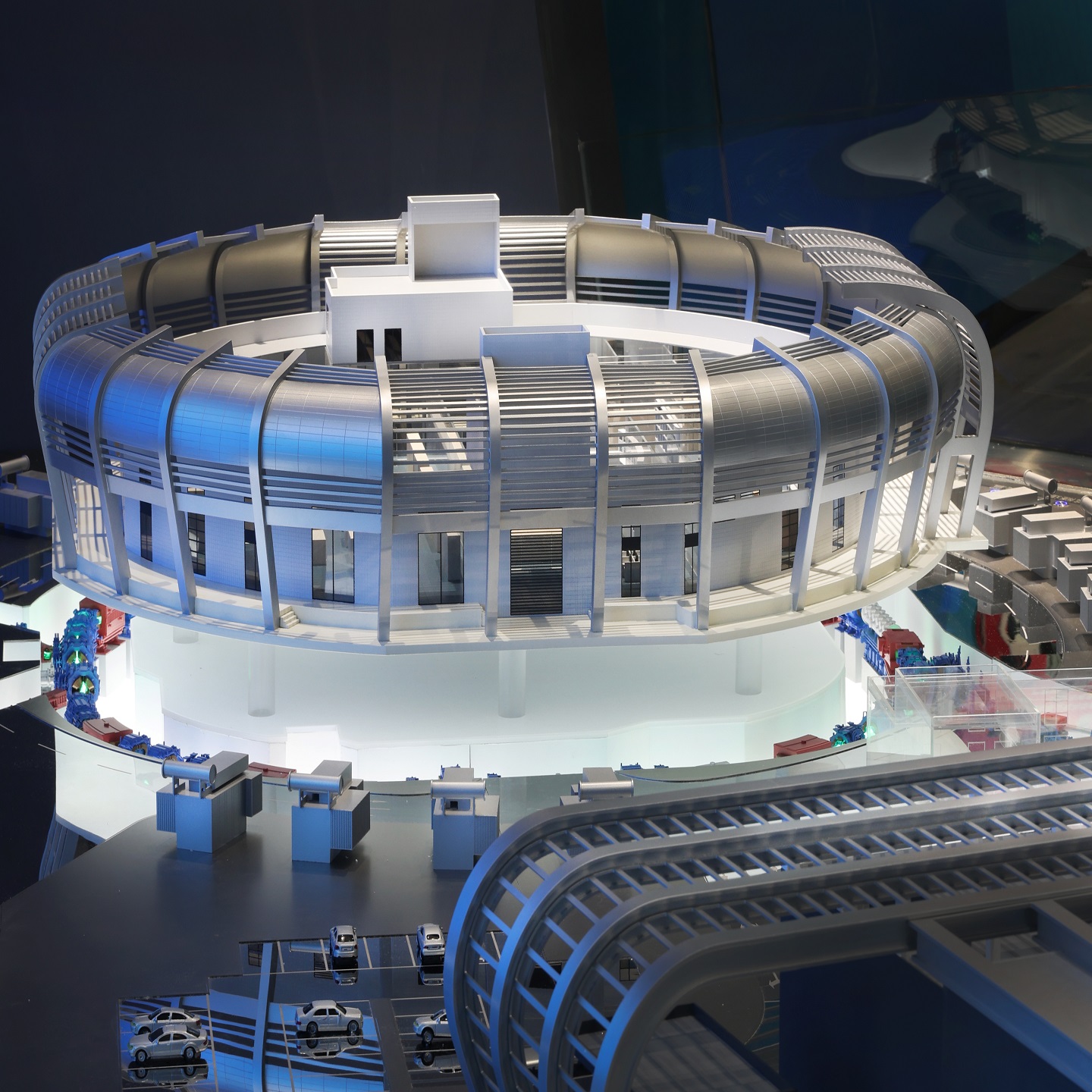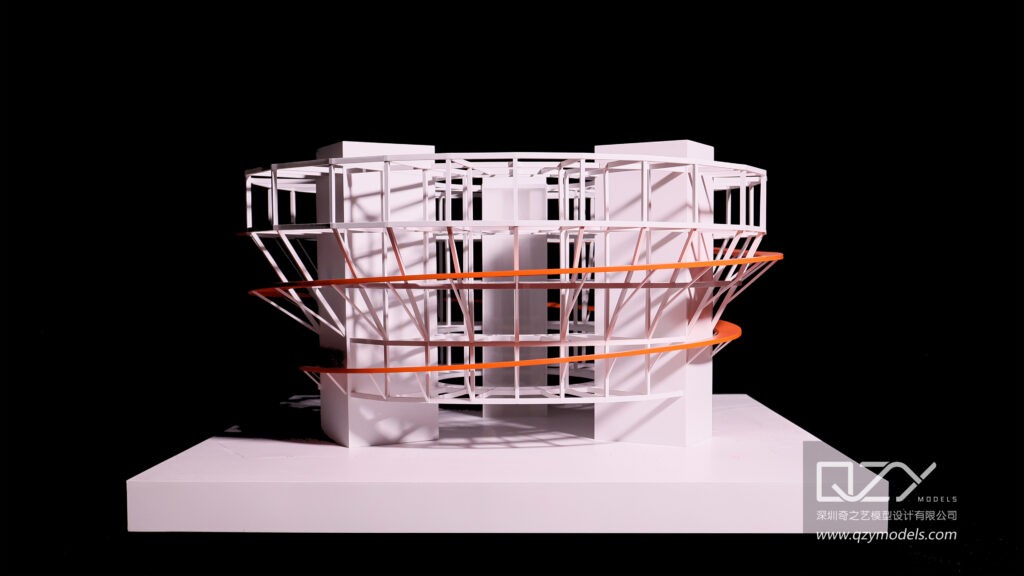In the realm of model making, miniature building models shine as awe-inspiring showcases of architectural creativity and precision. These scaled-down replicas of grand structures, from historic landmarks to futuristic skyscrapers, hold immense significance for architects, designers, and enthusiasts alike. Miniature building models serve various purposes, from architectural visualization to educational exhibits. In this immersive article, we embark on a journey to explore the captivating world of miniature building models, delving into their significance, techniques, and the artistry that brings these architectural marvels to life.
I. Understanding the Significance of Miniature Building Models
A. Architectural Visualization:
Miniature building models provide a tangible means for architects and designers to visualize their architectural concepts. By meticulously crafting scaled-down versions of proposed structures, professionals gain profound insights into spatial relationships, aesthetics, and functional design aspects.
B. Educational and Museum Exhibits:
These models play a crucial role in educational exhibits and museums, offering visitors an up-close and interactive look at iconic buildings, historical landmarks, and urban planning projects. They provide a valuable tool for conveying architectural history and design principles.
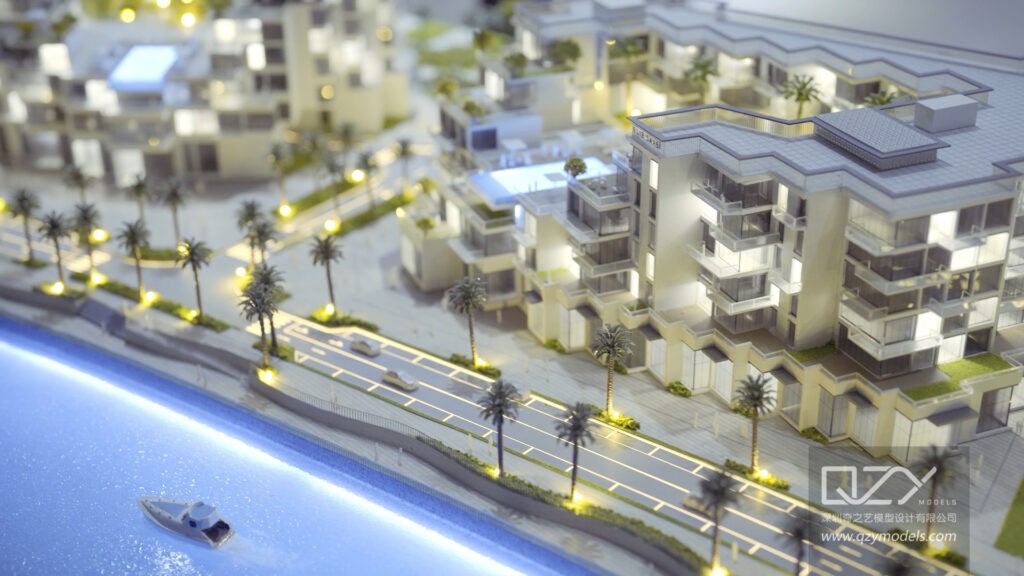
II. Techniques and Artistry in Miniature Building Model Making
A. Precision in Scale:
The heart of miniature building model-making lies in achieving precision in scale. Model makers employ advanced measuring and scaling techniques to ensure that every detail of the original structure is faithfully represented in the miniature version.
B. Materials and Craftsmanship:
Crafting miniature building models requires a diverse range of materials, from traditional ones like wood and plastic to modern options like 3D-printed components. Model makers meticulously select materials and employ expert craftsmanship to replicate architectural details, textures, and finishes.
III. Iconic Reproductions and Creative Designs
A. Historic Landmarks:
Miniature building models often focus on recreating historic landmarks and architectural masterpieces. These replicas serve as tributes to human creativity and engineering achievements, allowing viewers to appreciate the historical and cultural significance of these structures.
B. Futuristic Visions:
Innovative model makers explore futuristic designs, imagining architectural concepts that challenge conventional boundaries. These visionary models offer glimpses into what the cities of tomorrow might look like, sparking discussions about the future of urban planning and sustainable architecture.
IV. The Art of Presentation and Display
A. Lighting and Detail:
Effective lighting plays a crucial role in presenting miniature building models. Strategic lighting highlights architectural features, creating a visual spectacle that enhances the viewer’s appreciation of the model’s intricacies.
B. Display and Exhibition:
Miniature building models often find their place in exhibitions, architectural fairs, and private collections. The art of display involves creating immersive settings that complement the model, enhancing its visual impact and storytelling potential.

V. Miniature Building Models for Commercial Purposes
A. Architectural Firms and Developers:
Miniature building models play a pivotal role in the commercial activities of architectural firms and property developers. These models serve as potent marketing tools for showcasing upcoming projects. Prospective clients and investors can gain a tangible understanding of a development’s layout, aesthetics, and functionality through these miniatures. This not only aids in securing contracts and investments but also aligns stakeholders with the project’s vision.
B. Real Estate Agencies:
For real estate agencies, miniature building models are invaluable for presenting properties, especially in the pre-construction phase. These models offer potential buyers a vivid representation of what their future home or office space will look like, helping them make informed decisions.
C. Exhibition and Trade Shows:
Miniature building models frequently make appearances at exhibitions and trade shows related to construction, architecture, and real estate. These models attract attention and serve as powerful visual aids, effectively conveying the quality and uniqueness of projects.
D. Tourism and Hospitality:
In the tourism and hospitality industry, miniature-building models are used to create immersive experiences for guests. Miniature replicas of famous landmarks and historical sites are placed in hotel lobbies and visitor centers, enhancing the overall ambiance and piquing guests’ interest in exploring the local attractions.
VI. Future Innovations in Miniature Building Model Making
A. Technological Advancements:
Advancements in technology, including 3D printing and digital modeling, are revolutionizing miniature building model making. These technologies offer model makers new tools for precision and creativity.
B. Sustainability in Design:
As environmental consciousness grows, miniature building models are embracing sustainability in design. Model makers incorporate eco-friendly materials and sustainable architectural concepts, reflecting the evolving priorities of the architectural world.
In the world of model making, miniature building models hold a unique place as testaments to human ingenuity and creativity. These scaled-down marvels provide architects, designers, and enthusiasts with a tangible bridge between imagination and reality. Throughout this exploration, we have uncovered the multifaceted significance of miniature building models.
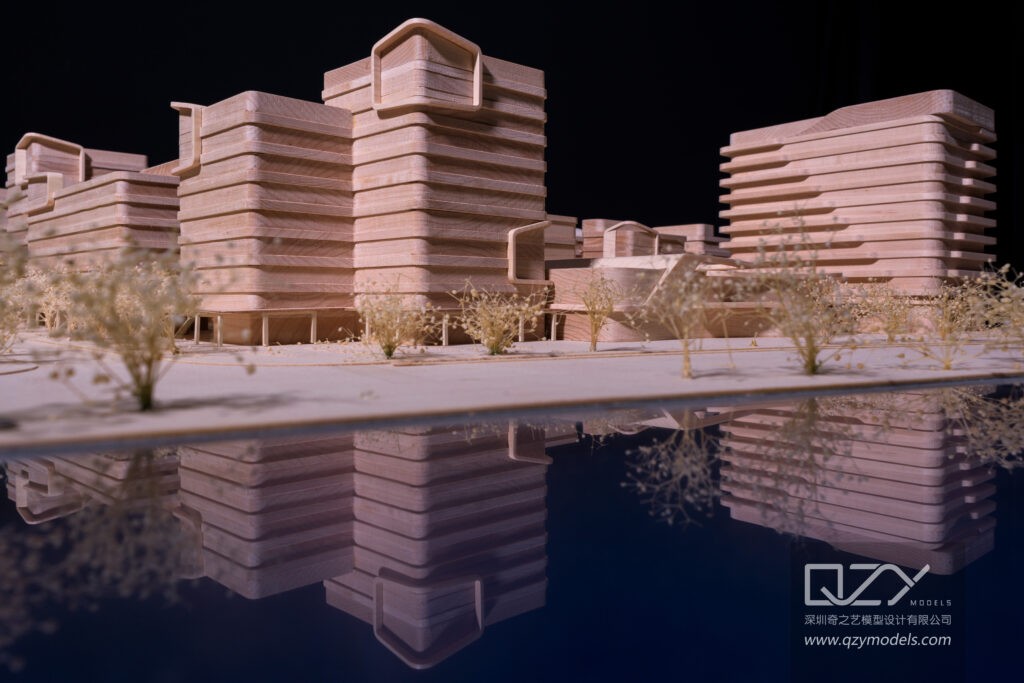
From architectural visualization to educational exhibits, these miniatures serve as tools of understanding and appreciation, helping us grasp the complexities of iconic landmarks and innovative designs. They preserve the heritage of historic structures and inspire visions of futuristic cities, reflecting the ever-evolving landscape of architectural creativity.
Discovering the World Through Miniatures – About Us
QZY Models, founded in 2013 in Shenzhen, China, is a leading professional team specializing in the design and production of customized physical models. Rooted in the architecture industry, QZY Models caters to diverse model production needs, ranging from furniture, interior design, and architectural landscape, to urban planning. Moreover, we are continuously exploring various fields, including dynamic mechanical models, industrial equipment displays, scientific and technological principle displays, and exhibition displays, to create a diverse model service ecosystem.
Since commencing our independent business in 2013 and establishing our base in Shenzhen, ensuring quality has always remained our top priority. We have forged strong collaborations with renowned companies in over ten countries, such as the United Kingdom, the United States, Canada, and Singapore. Our completed projects span China, the United Arab Emirates, Saudi Arabia, Egypt, Poland, Morocco, Ethiopia, and other countries. Presently, QZY Models has established branches or offices in Egypt, Morocco, Saudi Arabia, Lebanon, Italy, the Netherlands, and other locations, firmly committed to serving global customers.



